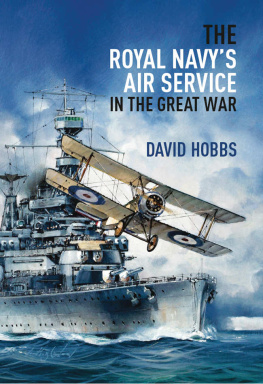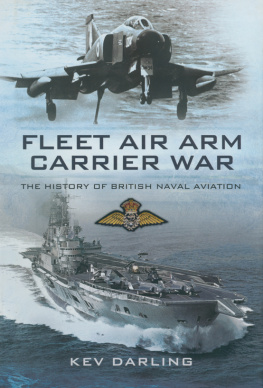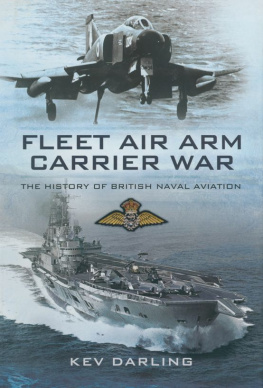First published in Great Britain in 2013 by
PEN & SWORD AVIATION
An imprint of
Pen & Sword Books Ltd
47 Church Street
Barnsley
South Yorkshire
S70 2AS
Copyright Philip Kaplan, 2013
All reasonable efforts have been made to trace the copyright owners
of all material used in this book. The author apologizes to any copyright
owners we were unable to contact during this clearance process.
ISBN: 978 1 78159 241 0
PDF ISBN: 978 1 47382 935 0
EPUB ISBN: 978 1 47382 849 0
PRC ISBN: 978 1 47382 892 6
The right of Philip Kaplan to be identified as Author of this work
has been asserted by him in accordance with the Copyright,
Designs and Patents Act 1988.
A CIP catalogue record for this book is
available from the British Library
All rights reserved. No part of this book may be reproduced or transmitted in
any form or by any means, electronic or mechanical including photocopying,
recording or by any information storage and retrieval system,
without permission from the Publisher in writing.
Printed and bound in England
By CPI Group (UK) Ltd, Croydon, CR0 4YY
Pen & Sword Books Ltd incorporates the Imprints of Pen & Sword Aviation,
Pen & Sword Family History, Pen & Sword Maritime, Pen & Sword Military,
Pen & Sword Discovery, Pen & Sword Politics, Pen & Sword Atlas,
Pen & Sword Archaeology, Wharncliffe Local History, Wharncliffe True Crime,
Wharncliffe Transport, Pen & Sword Select, Pen & Sword Military Classics,
Leo Cooper, The Praetorian Press, Claymore Press, Remember When,
Seaforth Publishing and Frontline Publishing
For a complete list of Pen & Sword titles please contact
PEN & SWORD BOOKS LIMITED
47 Church Street, Barnsley, South Yorkshire, S70 2AS, England
E-mail:
Website: www.pen-and-sword.co.uk
CONTENTS
INTRODUCTION
When air power became a major factor in modern warfare during the Second World War, the role of the battleship as the primary capital ship of the worlds most powerful navies was taken over by the aircraft carrier. The carrier has enabled such a navy to project its nations influence through the capabilities of naval aviation, anywhere in the world where that nations vital interests may be threatened. The head of the Royal Navy, Admiral Sir Mark Stanhope, has said: To put it simply, countries that aspire to strategic international influence have aircraft carriers.
2011 marked the 100th anniversary of naval aviation. From its awkward beginnings, to the present power projection of the American supercarrier strike groups around the world, naval air has evolved into the most significant and imposing fighting force in history. These strike groups, each comprised of a supercarrier and several warships in her support, are able to bring nearly unimaginable military force to wherever it may be needed. While not entirely invulnerable to attack, the strike groups carry a threat that cannot be ignored or dismissed. The United States, the principal operator of such supercarrier strike groups, has never been an expansionist nation, but has always recognised the need to protect and defend her interests at home and abroad. The focus of that requirement is her technologically advanced, rapidly mobile and highly effective naval air force.
Naval aviation arrived in the First World War with balloons and airships employed by the British Royal Navy for reconnaissance. Interest then was growing in the possibility of a greater aeronautical capability for the service. Britains tradition of projecting her global reach through sea power would, in the view of many, be considerably enhanced through such a capability. Among the most influential British advocates of such military aircraft development was the Naval Minister Winston Churchill. The Royal Naval Air Service was established in 1914 and would come out of the war with 67,000 officers and men, nearly 3,000 aircraft, more than 100 airships, and 126 coastal air stations. The British government then decided to merge it with the Royal Flying Corps to form the Royal Air Force. It was the end of the Fleet Air Arm, as it had been known, until 1938 and the threat of a second world war.
NAVAL AIR explores the most significant aspects in the development of naval aviation in the past century. It looks at the evolution of the first aircraft carriers and the impact of the 1922 Washington naval disarmament conference. The great British raid on the Italian fleet in the harbour of Taranto and the carrier-launched Japanese surprise attack on Pearl Harbor which drew the United States into the Second World War and inspired the first American retaliatory bombing attack on Japan by bomber aircraft from the carrier Hornet are are examined. A chapter called Fighting Lady offers brief descriptions of some of the movies that have featured naval aviation. Action in the Coral Sea and Midway campaigns of World War Two is recalled, as are the achievements of some of historys greatest naval air aces. Compelling incidents of the Korean, Vietnam, and Falklands wars are revisited. Many of the most important naval aircraft are described, as is the role and structure of the carrier strike group. A chapter called Women On Board considers the impact and effects of the female presence aboard aircraft carriers in recent decades. The roles and contributions of the helicopter in naval aviation are the basis of another chapter, and the book concludes with some perspectives on the long, difficult, and rewarding journey of the fledgling naval aviator candidate to the fleet.
THE FIRST CARRIERS
It was on the recommendation of Rear Admiral W. S. Cowles, Chief of the United States Navy Bureau of Equipment, to the American Secretary of the Navy, on December 2, 1908, that a number of aeroplanes be purchased to operate from a ships deck, carry a wireless telegraph, operate in weather other than a dead calm, maintain a high rate of speed, and be of such design as to permit convenient stowage on board ship. Thus began the history of the aircraft carrier and naval aviation, more than five years prior to the start of the First World War.
Before the coming of the aircraft carrier the great navies of the world were essentially battleship forces, operating the largest, most heavily armed and armoured warships afloat. So intimidating were these vessels that their very presence had on some occasions seen them prevail without even engaging the enemy. Why then did the aircraft carrier virtually scuttle the venerable battlewagon as the new capital ship of the world sea powers? Versatility. The aircraft carrier is both a self-sufficient, self-propelled mobile air base, and a wholly effective servicing facility. In the 21st century, the modern nuclear-powered U.S. supercarrier (CVN) operates as the spearhead of an awesome carrier strike group force in which the carrier is supported by destroyers, frigates, cruisers, replenishment tankers, and fast attack submarines.
In a further advantage over the its battleship predecessor, the carrier gives the fleet the ability to fight and win a naval battle at arms lengthout of sight of the enemy. By the year 2000, the eleven operational aircraft carrier strike groups of the U.S. Navy, and its assault carriers, had become capable of covering immense areas of ocean, sending massive air strikes at inshore as well as ocean targets, providing air support for amphibious landings, helicopter troop ferrying, search-and-rescue, and conducting highly sophisticated anti-submarine warfare.
Though less than entirely invulnerable to enemy attack, the CVN, within the protective shelter of her strike group, is the biggest, widest-ranging, most powerful and fearsome threat that has ever put to sea; her capabilities utterly eclipsing those of the battleship she succeeded. The late U.S. Senator John C. Stennis, after whom one of Americas great carriers is named, said, The best way to avoid war is to be fully prepared, have the tools of war in abundance, and have them ready. Referring to the CVN, he said It carries everything and goes full strength and is ready to fight or go into action within minutes after it arrives at its destination there is nothing that compares with it when it comes to deterrence.
Next page

















